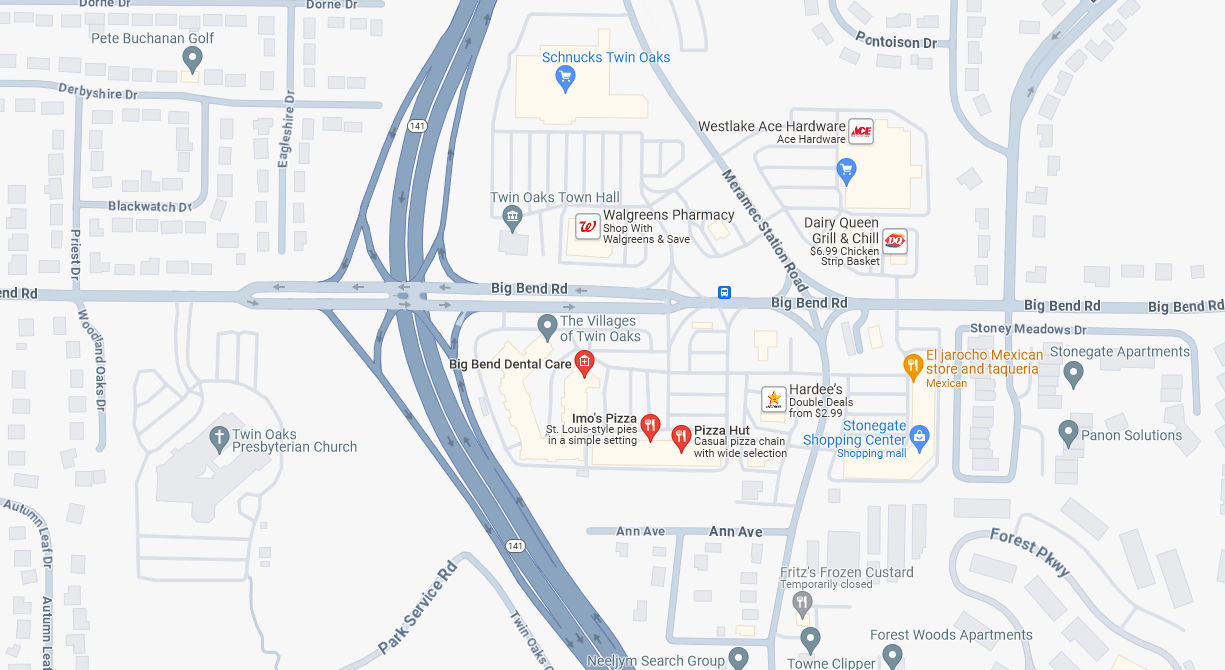CPAP Alternatives
in St. Louis MO
Our focus is your comfort so you can get the rest you need at night. We understand that CPAPs are uncomfortable, so we developed oral appliance therapy. An open airway means no more CPAP machines!
Sleep apnea affects not only your overall health, but your quality of life as well. When you’re ready to take back your restful night’s sleep and awake more refreshed and ready to tackle the day, it’s time to get serious about symptom treatment. While many users elect to use a CPAP machine to manage their apnea, you have options for doing so without one.
Call us Today!
Oral appliance therapy is indicated as a first treatment of choice for patients with primary snoring and/or mild obstructive sleep apnea and as a second treatment option for patients with moderate or severe sleep apnea who fail, refuse CPAP treatment, cannot tolerate CPAP and/or are not good candidates for surgery.
Therefore, oral appliance therapy is indicated for:
- Primary/heavy snoring
- Mild or moderate sleep apnea and certain cases of severe OSA
- Poor tolerance of nasal CPAP
- Failure of surgery
- Use during travel
- In combination with nasal CPAP
Here are four of the most popular CPAP alternatives for sleep apnea patients:
1 – The TAP 3 Oral Appliance.
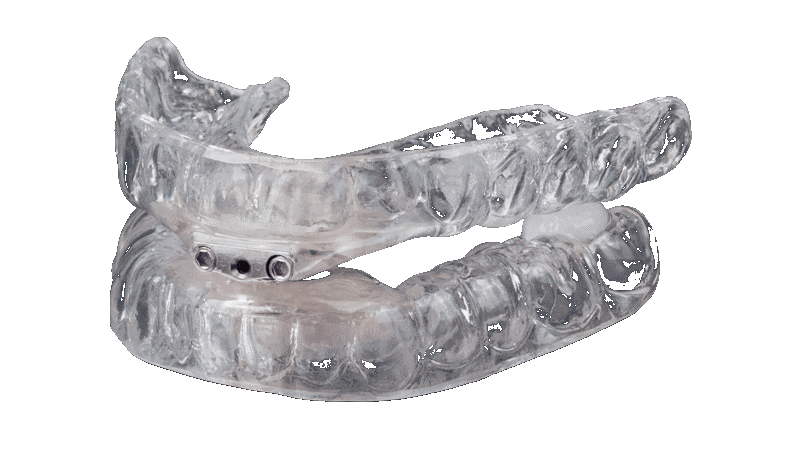
This oral appliance – a tool that rests inside the mouth while the wearer is sleeping – is used for treating apnea without a CPAP machine. The name TAP is short for “Thornton Adjustable Positioner,” and its two-part design incorporates a component that protrudes outwards. This component of the TAP 3 adjusts to the facial shape of the wearer, holding the lower jaw forward to keep the throat muscles from relaxing over the airway.
The TAP 3 appliance is typically used for apnea patients with mild to moderate symptoms, including those that cannot wear or tolerate a CPAP mask. As with most oral appliances, this option will require a custom fit in order to sit comfortably in the mouth. This custom fitting will be performed in-office by Dr. Postol, as well as periodic check-ups to ensure it’s still performing as intended.
2 – The HERBST Oral Appliance.
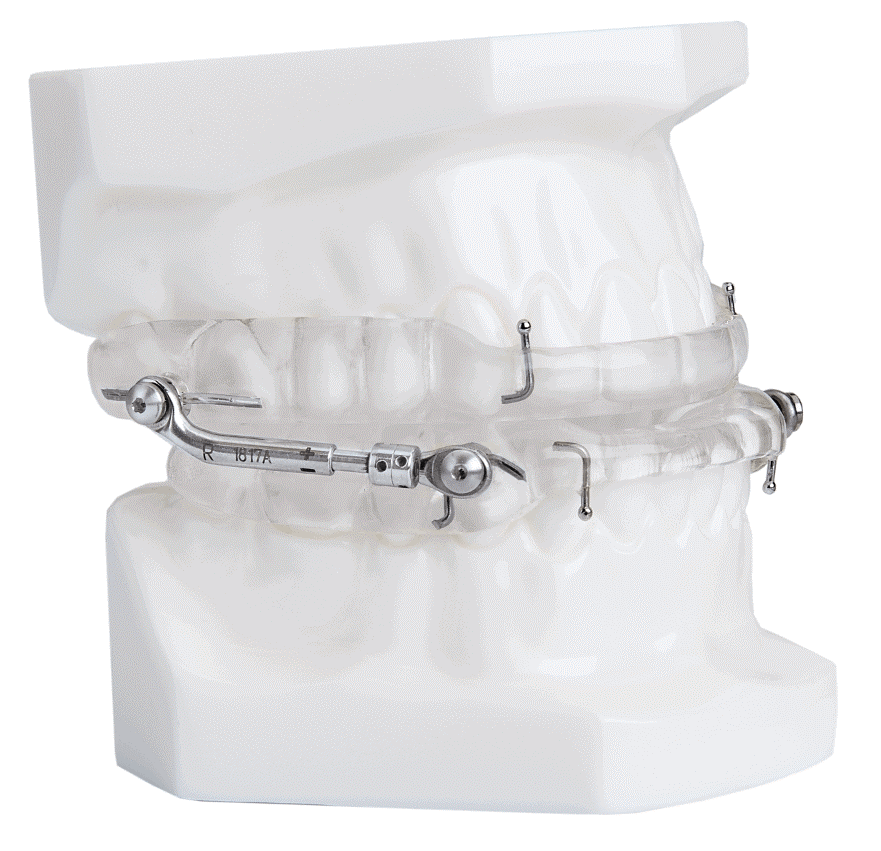
Another example of a mouth-worn appliance, the HERBST OA (oral appliance) is named for its original inventor, Emil Herbst, and has been in use since the early 1900s. Like the TAP 3 appliance, it works by holding the lower jaw forward during sleep to minimize or prevent muscle-based airway blockage.
The key design difference is the use of telescoping rods in the structure, which helps keep the jaw and tongue comfortably in the desired position during sleep. This oral appliance will also require both a custom fitting and ongoing checkups and maintenance from Dr. Postol.






What a great experience! EVERY ONE was so friendly and kind. It’s so wonderful that Dr. Postol takes real one on one time for each patient. It makes you feel comfortable and heard. I appreciated that so much!
Sasha R.

3 – The DORSAL Oral Appliance.
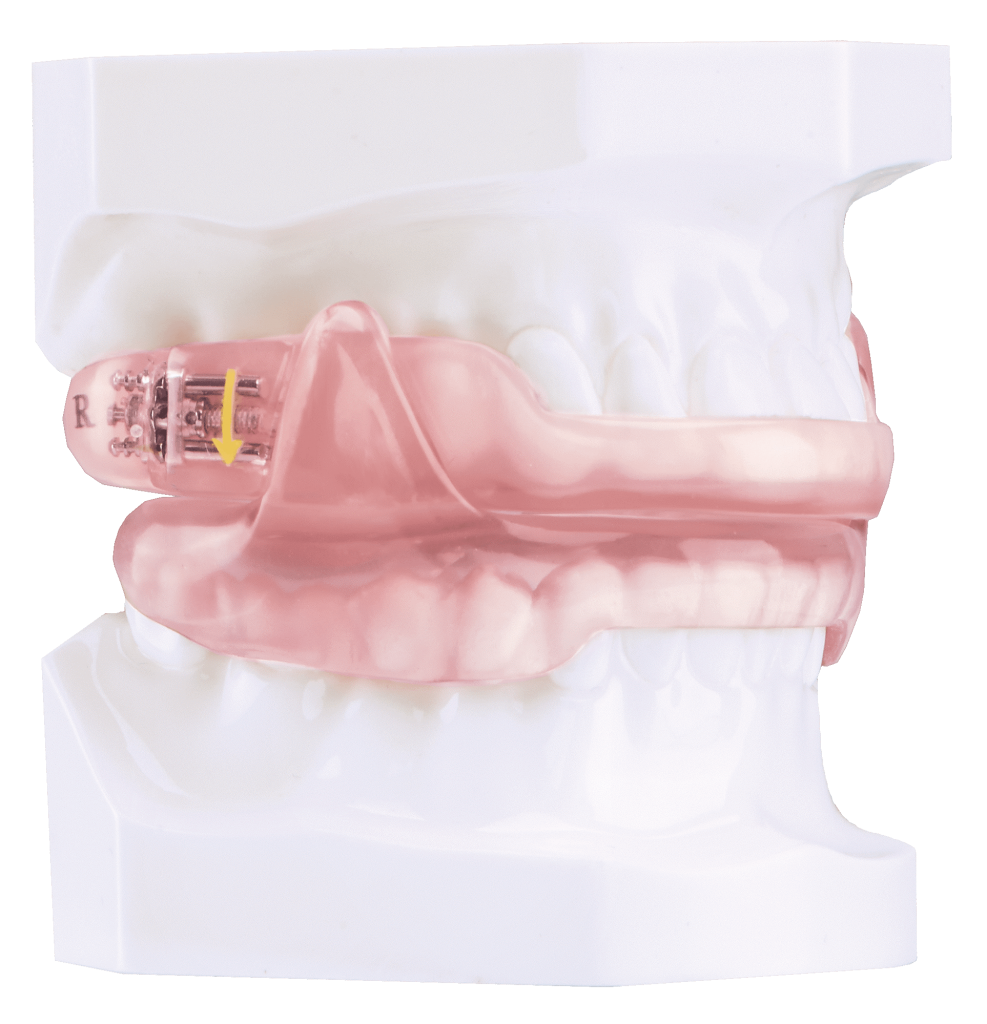
A third type of oral appliance for combating sleep apnea without a CPAP, the name is an acronym for “Dynamic Oral Airway Support with the Lower Appliance Retained,” which is, ironically, a mouthful. Like other non-invasive apnea solutions, the DORSAL is designed with two parts that work together to keep the airway open as the user sleeps. Built to allow both protrusive and lateral movements of the jaw while being worn, many wearers say this feature ensures greater comfort and thus prevents reluctance to use it regularly.
The DORSAL appliance is best suited to users with mild to moderate – as opposed to severe – sleep apnea. It will require a custom fitting from Dr. Postol and periodic check-up visits to observe fit and performance for optimization.
4 – The EMA Oral Appliance.
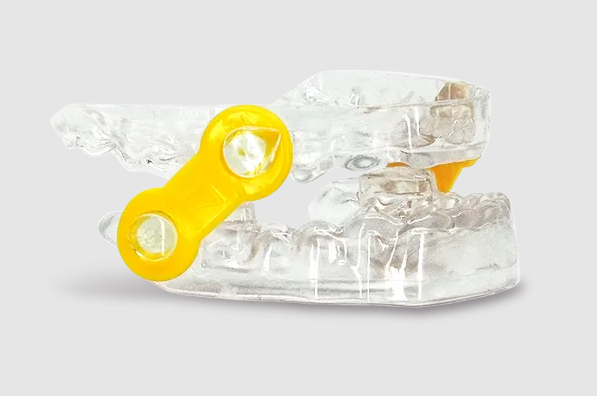
The EMA is also a custom-made appliance that fits over the upper and lower teeth. It differs from the Adjustable PM Positioner in that it is in two pieces that connect with straps on the sides. This appliance uses a thinner plastic and can feel less intrusive for patients who have smaller mouths or a concern about wearing something in their mouth.
The straps come in 5 different lengths and flexibilities which allows jaw position to be advanced gradually. While the thinner wall of this appliance and the flush fitting straps benefit fit, it is not as durable as other appliances nor is it as adjustable as some other appliances.
5 – Surgery
Surgery for sleep apnea treatment is generally a last resort. The “cure” offered by surgery is not as reliable as patients might hope since the aging process often re-creates relaxing skin at the back of the throat in the area of the soft palate and allows the tongue to fall into the airway.
There are several forms of surgery that are available for sleep apnea sufferers, they include:
- Uvulopalatopharyngoplasty (UPPP) – removes excess tissue in the throat to make the airway wider. It is the most common surgery to treat sleep apnea in adults.
- Mandibular/Maxillary Surgery – for patients who have abnormal jaw positions during which the upper or lower jaws can be moved forward.
- Hypoglossal Nerve Stimulation – increases airflow with a pacemaker-like device which monitors breathing patterns and stimulates the hypoglossal nerve, affecting the muscles in the upper airway to allow improved airflow.
We know you’re tired of restless sleep and snoring. Call us today for an appointment with Dr. Postol, who will consult with you about your individual needs and help you find a solution that works for you.
Are you tired
of being tired?
Download the first chapter for free
or get your copy of the book today!
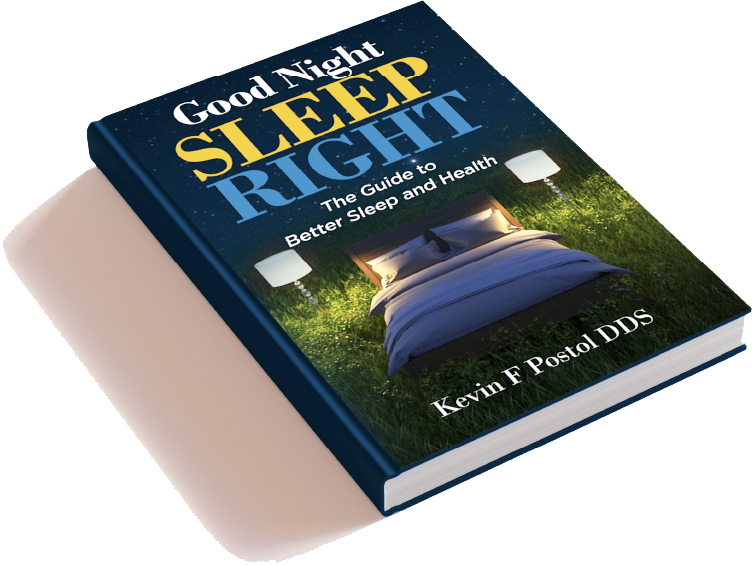
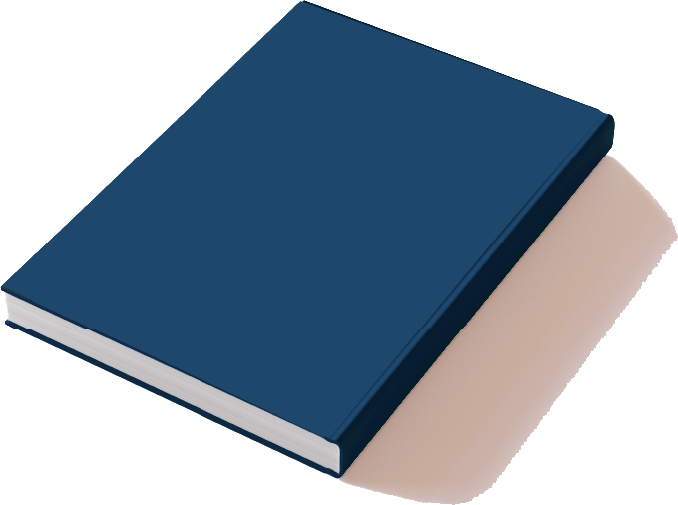
Call or Text!
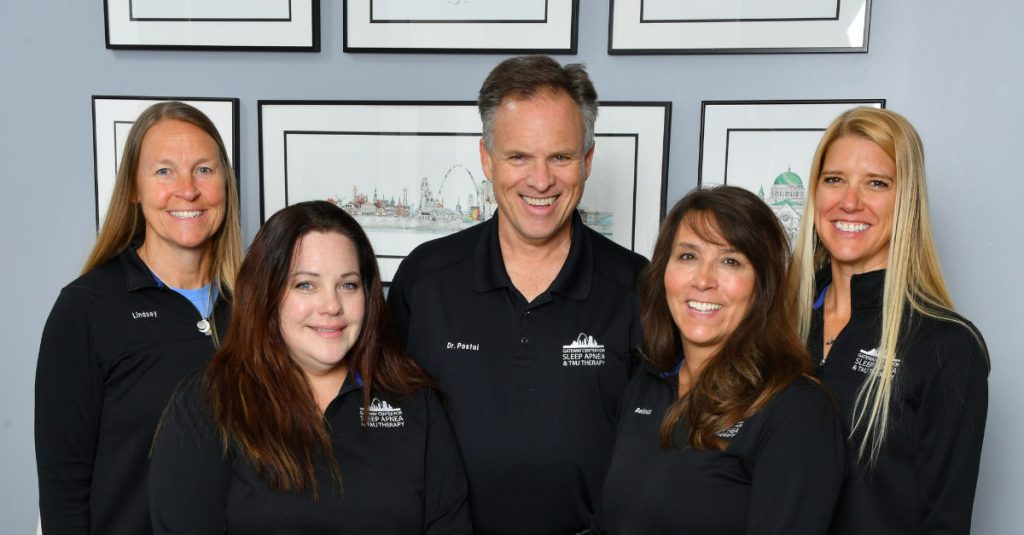
1338 Big Bend Road
Twin Oaks, MO 63021
